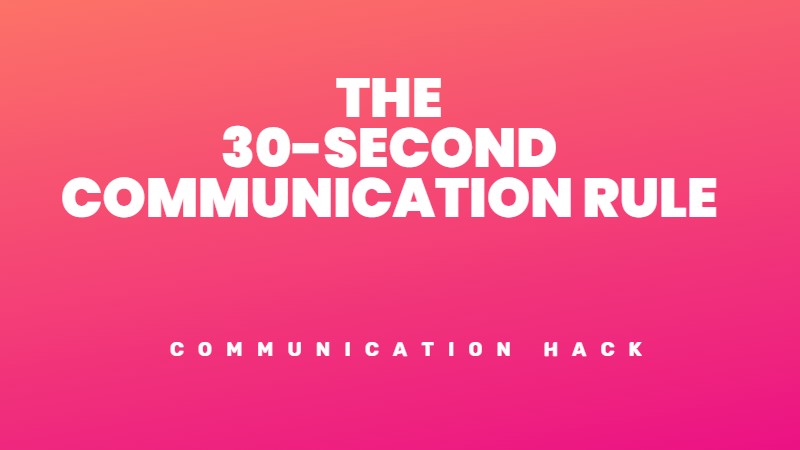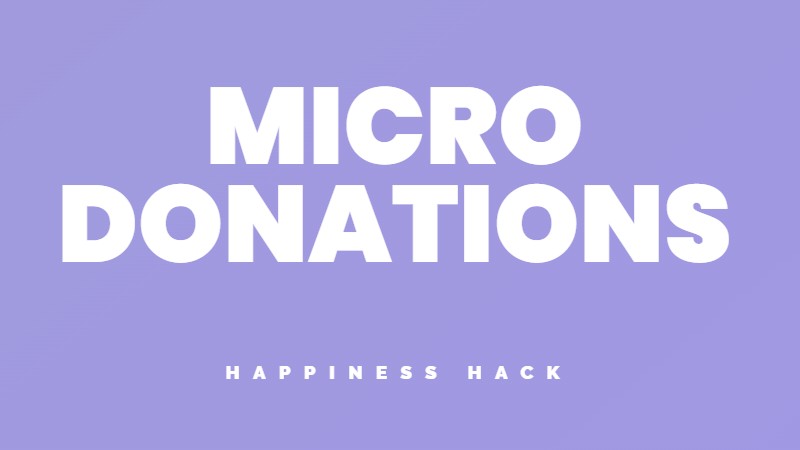Last Tuesday, I ran into Lucy at the coffee shop, whom I hadn’t seen in months. She lit up when I asked how her pottery classes were going. “You remembered!” she said, beaming.
That moment made me realise something I’d been doing unconsciously for years. While most people default to “How’s it going?” in conversations, I’d developed a habit of referencing specific details people had shared with me: their dog’s name, their weekend plans, their work frustrations.
I thought this was just being polite. Turns out, it’s one of the most powerful relationship tools you can master.
Want to Make Someone Feel Valued? Remember the Little Things
You’re chatting with someone new at a networking event. They mention their weekend hiking trip to Mount Washington. Three weeks later, you run into them again. Most people would say “Hey, how’s it going?” and move on. But what if you said, “Hey! How was that Mount Washington hike you were planning?”
That person would light up. They’d feel seen, remembered, valued.
New research from the University of Aberdeen proves what many of us suspected: showing people you remember details about them is one of the most powerful ways to make them feel valued. And most of us aren’t doing it nearly enough.
The little memories study
Researchers Andrei Pintea and Devin Ray wanted to know the best way to make someone feel valued in conversation. They tested three approaches with 61 participants who watched job interview videos and then gave feedback.
One group was told to “convey value” to the candidate, another was told to “display memory” by referencing specific details the candidate shared, and the third group was told to disparage the candidate’s information.
When independent raters judged the feedback, they found something surprising: the memory displays were just as effective at conveying value as direct attempts to show importance. But here’s the kicker: when people were asked to convey value naturally, they rarely used specific memories.
The feedback of participants who were explicitly told to use displays of memory were still rated as conveying more value.
Even in casual, friendly conversations, people who were specifically instructed to reference memories came across as more caring than those who weren’t given this instruction.
Why your brain forgets to remember
You might think remembering details comes naturally when you want to show someone you care. The research suggests otherwise. Even when people actively tried to make others feel valued, they didn’t automatically reach for specific memories.
Why? The study found that participants were too focused on “being nice” rather than being specific. They defaulted to generic pleasantries instead of personal references.
Think about your own conversations. When someone tells you about their new apartment, their dog’s surgery, or their upcoming vacation, do you file those details away? When you see them again, do you ask follow-up questions, or do you stick to surface-level small talk?
Most of us choose the surface-level route. We’re missing a huge opportunity.
The science behind memory and connection
When you reference something specific someone told you, several things happen at once:
The research shows this works in both professional and personal settings. Whether you’re building relationships with colleagues, friends, or family members, memory displays create connection.
How to build your memory muscle
Want to start using this technique? Here’s how to build better memory habits:
1. Start Small
Don’t try to remember everything about everyone. Pick one or two details per person that seem important to them. Their kid’s name, their hobby, their recent challenge.
2. Create Mental Files
When someone shares something meaningful, pause and mentally file it under their name. Think: “Sarah: marathon training.” “Mike: new puppy named Charlie.” “Jennifer: worried about mom’s health.”
3. Use Your Phone Strategically
After conversations, jot down quick notes in your phone. Keep it simple: “Tom mentioned his son got into college” or “Lisa starting yoga classes.”
4. Ask Follow-Up Questions
The next time you see them, reference their story: “How’s the marathon training going, Sarah?” “How’s Charlie adjusting to his new home, Mike?” “How’s your mom doing, Jennifer?”
5. Make It Natural
Don’t sound like you’re reading from a script. Weave the memory into organic conversation. “I was just thinking about what you said about your yoga classes. Are you still enjoying them?”
Memory displays at work
Professional relationships benefit hugely from memory displays. When you remember that your colleague’s daughter just started high school, that your boss mentioned their kitchen renovation, or that your client loves sailing, you’re building rapport that goes beyond business transactions.
Try these approaches:
One warning: keep it appropriate. Remember professional boundaries and don’t reference overly personal information in group settings.
Memory displays in personal relationships
Friends and family members often assume you remember their stories, but explicitly referencing them shows active care. Your sister mentions feeling stressed about work, then you check in the following week: “How did that presentation go?” Your friend talks about their dating struggles, and you ask a month later: “Are you still on those dating apps, or taking a break?”
These small references show you’re invested in their ongoing story, not just present for individual conversations.
Common memory mistakes to avoid
When memory displays matter most
This technique works especially well in these situations:
The ripple effect of remembered details
Something magical happens when you consistently remember and reference what people tell you. They start sharing more. They seek you out for conversations. They remember details about your life in return.
You become someone people want to talk to because you make them feel heard and valued. This skill makes you stand out in a world where everyone feels invisible sometimes.
La práctica hace al maestro
Like any skill, memory displays get easier with practice. Start with one person this week. Pick someone you see regularly and make an effort to remember and reference one thing they’ve told you.
Notice their reaction. Most people will be pleasantly surprised and more engaged in the conversation. That positive response will motivate you to try it with others.
Remembering the little things is one of the most powerful relationship-building tools. The person who remembers your dog’s name, your weekend plans, or your work challenges isn’t just being polite. They’re showing you that you matter.




Deja tu opinión sobre esto